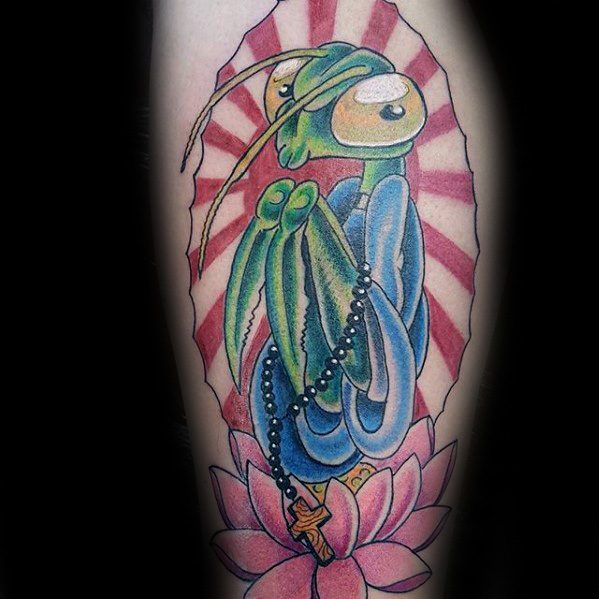


With the help of Taitei and a family friend, Yoshimura Chomei (who was an Udun or Prince) Higaonna eventually managed to set up safe passage to China, lodging, and martial arts instruction. It was then that he recommended Higaonna to Kojo Taitei, under whom Higaonna began training. In 1870, Arakaki went to Beijing to translate for Ryukyuan officials. He was first exposed to martial arts in 1867 when he began training in Luohan or "Arhat boxing" under Arakaki Seishō, a fluent Chinese speaker and translator for the court of the Ryukyu Kingdom. Higaonna began studying Shuri-te as a child. The development of Gōjū-ryū goes back to Higaonna Kanryō, (1853–1916), a native of Naha, Okinawa. Gōjū-ryū practices methods that include body strengthening and conditioning, its basic approach to fighting (distance, stickiness, power generation, etc.), and partner drills. The second kata is called Tensho, meant to teach the student about the soft style of the system. Major emphasis is given to breathing correctly in all of the kata but particularly in the Sanchin kata which is one of two core kata of this style. Gōjū-ryū incorporates both circular and linear movements into its curriculum, combining hard striking attacks such as kicks and close hand punches with softer open hand circular techniques for attacking, blocking, and controlling the opponent, including joint locks, grappling, takedowns, and throws. Gō, which means hard, refers to closed hand techniques or straight linear attacks jū, which means soft, refers to open hand techniques and circular movements. Both principles, hard and soft, come from the famous martial arts book used by Okinawan masters during the 19th and 20th centuries, the Bubishi ( Chinese: 武備志 pinyin: Wǔbèi Zhì). Gōjū-ryū ( 剛柔流), Japanese for "hard-soft style", is one of the main traditional Okinawan styles of karate, featuring a combination of hard and soft techniques. Fujian White Crane (Whooping Crane style).


 0 kommentar(er)
0 kommentar(er)
